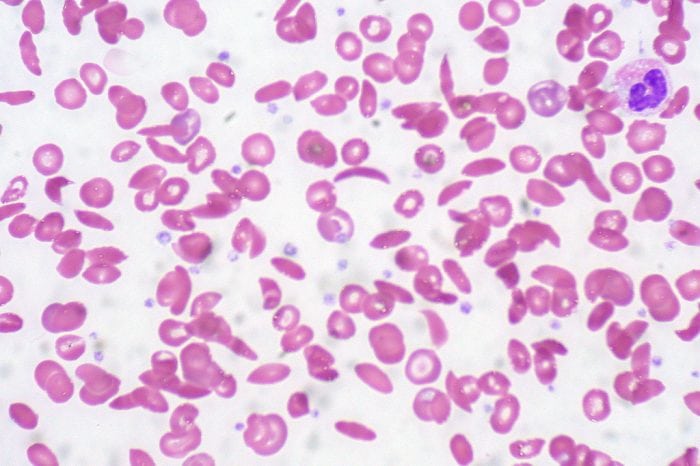
Children with sickle cell disease (SCD) are at substantial risk of cognitive impairment. SCD is characterized by two main pathophysiological processes: chronic hemolytic anemia and vaso-occlusion. Chronic hemolytic anemia may lead to hypoxia and vaso-occlusion may cause strokes. Many studies reported that stroke is linked to severe neurocognitive impairment in children with SCD. However, children with SCD at low risk of stroke still suffer from neurocognitive deficits.
Few studies have addressed IQ decline in low-risk children with SCD (without overt stroke and transcranial Doppler mean velocities below 170 cm/sec at baseline). Furthermore, few studies have investigated whether MR-based gray matter volumetric analysis can predict subsequent IQ decline. Chen et al. built a predictive model to distinguish those with the decline of IQ from counterparts without decline, based on features from MR-based gray matter volumetric analysis.
They identified six structures (the left median cingulate gyrus, the right middle occipital gyrus, the left inferior occipital gyrus, the right fusiform gyrus, the right middle temporal gyrus, the right inferior temporal gyrus) that, when assessed for volume at baseline, are jointly predictive of whether a child would suffer subsequent IQ decline.
Using the baseline volumes of these six regions, they can predict whether a child would suffer subsequent IQ decline with accuracy 0.84. With this clinical decision support system to predict IQ decline, a subset of SCD children at low risk of stroke can be identified for more aggressive treatment.
These findings are described in the article entitled Brain morphometric analysis predicts decline of intelligence quotient in children with sickle cell disease: A preliminary study, recently published in the journal Advances in Medical Sciences.
This work was conducted by Rong Chen, Jaroslaw Krejza, Edward H. Herskovits, and Elias R. Melhem from the University of Maryland, Baltimore, Michal Arkuszewski from the Medical University of Silesia, and Robert A. Zimmerman from the University of Pennsylvania.









